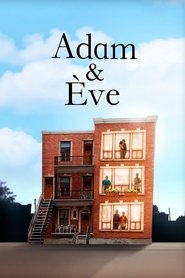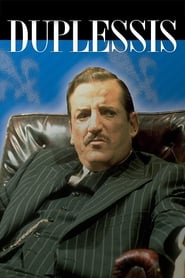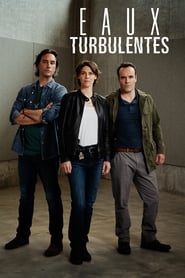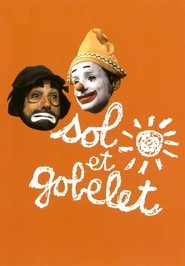Ici Radio Canada T Eacute L Eacute TV Series - Page 11
-
37 5
2004
37 5
2004
-
Prix Gémeaux
2023
Prix Gémeaux
2023
-
Adam et Ève
2012
Adam et Ève
2012
-
Duplessis
1978
Duplessis
1978
Duplessis was a historical television series in Quebec, Canada, that aired in 1978. It tells the story of Maurice Duplessis, the controversial premier of Quebec from 1936 to 1939 and 1944 to 1959. It is one of the most famous mini-series in Quebec television history. The series was written by Oscar-winning film director Denys Arcand, and based in large part on Conrad Black's popular biography. The series contains 7 episodes, each one containing a different historic moment in Duplessis's life and path into power. Duplessis is portrayed by Jean Lapointe. It is distributed by Radio-Canada and is available on DVD. -
Mea Culpa
2025
Mea Culpa
2025
In a restorative justice centre, Bérénice (Mélissa Désormeaux-Poulin) accompanies people who are victims of crime or who have committed it to promote dialogue among themselves and the reparation of the harm caused. Its objective: to help these deeply wounded people turn a traumatic page in their history to better enjoy their present and their future. -
Les ambassadrices
2022
Les ambassadrices
2022
-
Le Polock
1999
Le Polock
1999
-
Hubert & Fanny
2018
star 8Hubert is a good-looking guy and a well-known, talented tattoo artist. Love isn't one of his top priorities, and neither is family. And then there's Fanny, a hard-working, dedicated social worker who has trouble keeping her working life separate from her private life. Guillaume, her boyfriend of the last seven years, understands her and gives her his unconditional support. They're trying for their first baby. So nothing predestined Hubert and Fanny to meet. But during a hold-up, they experience the most intense emotions they've ever felt. During the time when they're fearing for their lives, they rely on each other to survive. After the event, an irresistible desire to see each other again compels them to wonder whether spending a few hours together is really enough to change the course of their lives. -
Après tout, c'est vendredi!
2013
This weekly newsmagazine takes a critical, tolerant and empathetic look at the top stories from across Canada and around the world. -
The Tumultuous Adventures of Jack Carter
2003
Private detective Jack Carter is nothing if not eccentric: penniless, he lives, eats and sleeps at the office. When it comes to work, he accepts only those rare cases that intrigue him and leave other detectives mystified. No investigation is too strange or unusual to dishearten Carter. -
Iniminimagimo
1986
Iniminimagimo
1986
Iniminimagimo was a French language children's television show made in Quebec. It played in the late 1980s. Each episode featured a classic fairy tale played by the same cast. -
La balsamine
1962
La balsamine
1962
-
Bonne fête ComediHa!
2019
Bonne fête ComediHa!
2019
-
Fermier urbain
2012
Fermier urbain
2012
-
Au-delà du Réal
2006
Au-delà du Réal
2006
-
L'Or
2001
L'Or
2001
-
Eaux turbulentes
2019
star 5Returning to her hometown following a police blunder that had dramatic consequences, investigator Marianne must resolve a murder as soon as she arrives. She throws herself into this affair that upsets the community and her own family. -
Sol et Gobelet
1968
star 6Sol et Gobelet was a French language children's television show made in Quebec. Its stories revolved around the adventures of clowns Sol and Gobelet. -
Martin sur la route
2007
Martin sur la route
2007












